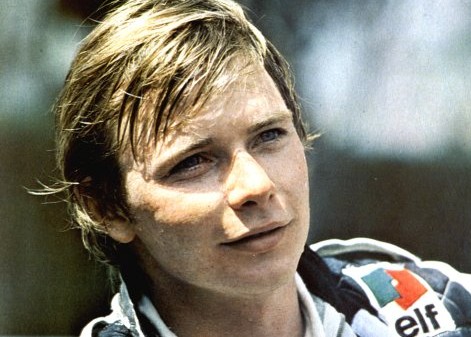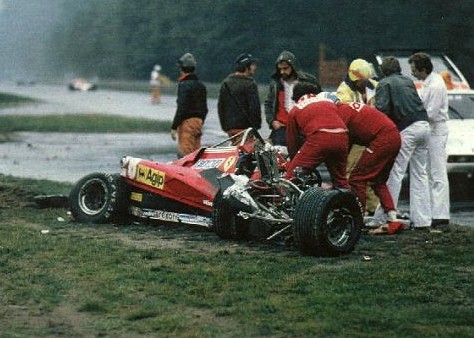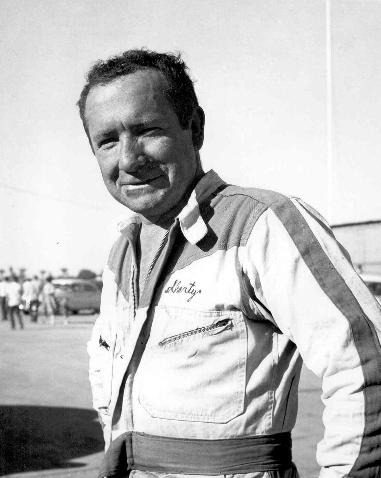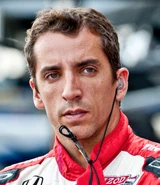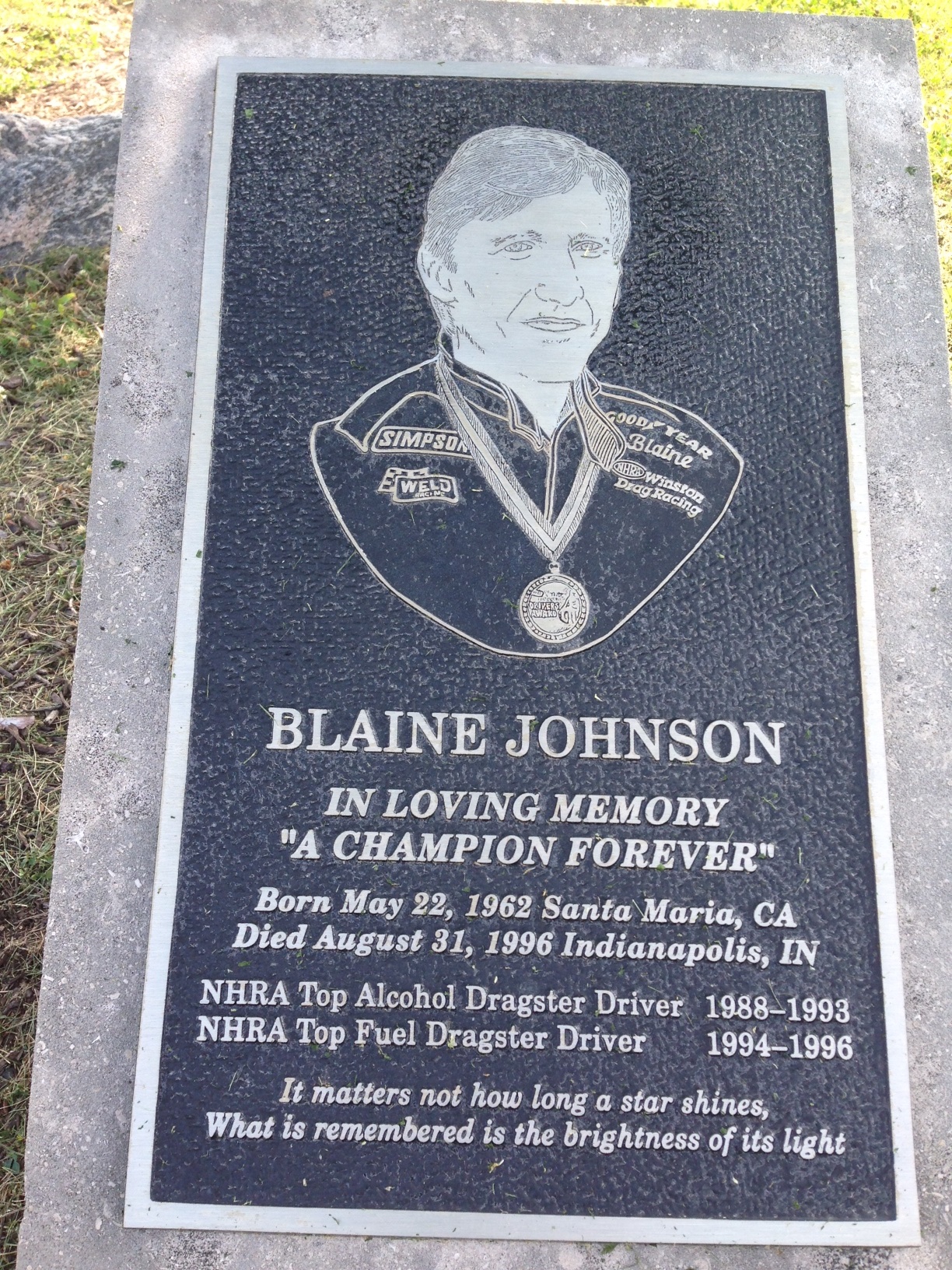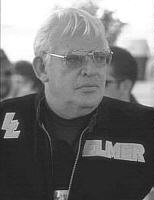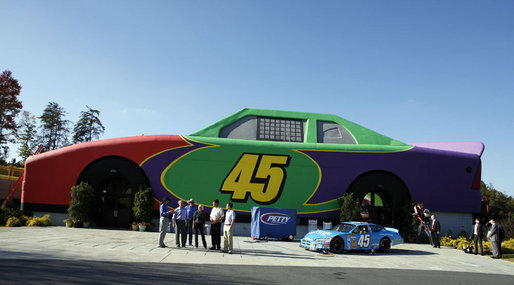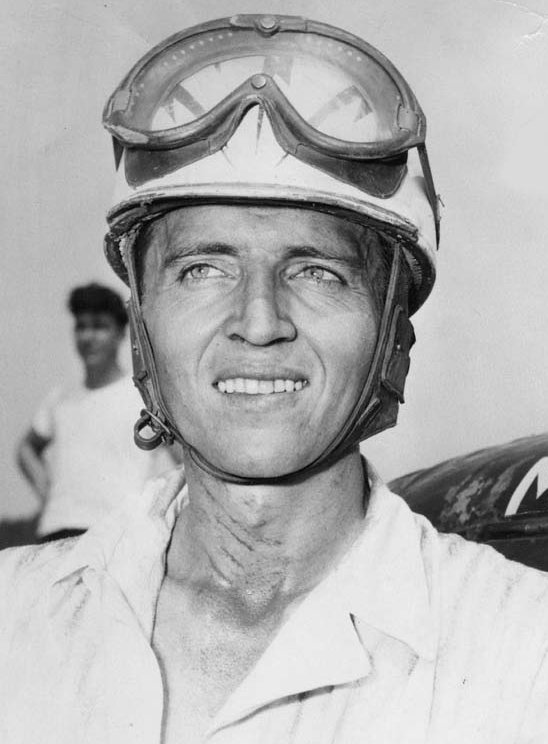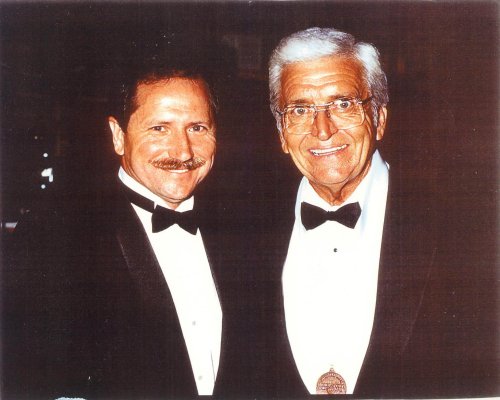February 18, 1962 - June 21, 2008
Scott Kalitta
Born in Mt. Clemens, Michigan, USA.
He was the son of veteran NHRA driver and crew chief Connie Kalitta, and cousin of teammate Doug Kalitta. Scott competed in the Funny Car and Top Fuel classes in the National Hot Rod Association (NHRA) Full Throttle Drag Racing Series. He had 17 career Top Fuel wins and 1 career Funny Car win, and at his death he was one of fourteen drivers to win in both divisions.
Kalitta's career began in 1982 at Old Bridge Township Raceway Park. His first career #1 qualifier happened at the Baton Rouge, Louisiana event in 1988. He got his first win in 1989 in Funny Car at the event in Houston, Texas. He moved to Top Fuel during the 1990s.
The next two years were big for Kalitta, as he would win the Top Fuel championship both years. In 1994, he became the first Top Fuel driver to have four straight event wins (Columbus, Topeka, Denver and Sonoma) and he won five events that season. He won six events and 45 rounds of competition in 1995 to win the championship. His 1996 season saw him win the $100,000 Budweiser Shootout at Sonoma en route to a second-place points finish. He had the top speed at a series best eight races that season. Kalitta won the Topeka event for a fourth straight year in 1997. He retired in October of that season.
Kalitta came back in 1999, making one final round in ten starts. Kalitta returned to Top Fuel in 2003 after a three-year layoff. He made two final rounds and set a speed record at 333.95 miles per hour (537.44 km/h), but didn't certify the speed with a fast enough backup run to claim the national record. In 2004 he recorded one win in two final round appearances. He was the top qualified at both Las Vegas event, and finished in the Top five in season points. His 2005 season saw him win two events.
For 2006, Kalitta returned to Funny Car in a Chevrolet Monte Carlo, but did not have as much success as he had in Top Fuel the previous two years. In the season, Kalitta drove his Kalitta Air-sponsored Funny Car to a 13th-place points finish, well behind eventual champion John Force. Toward the end of the year, Kalitta switched from the Monte Carlo to the Toyota Solara, which he ran for the remainder of his career.
Kalitta's 2007 Funny Car season was rather uneventful, as he qualified for 16 of 23 events in his DHL-sponsored Solara and missed the inaugural NHRA Countdown to the Championship. His best finish of the season was a semi-finals appearance at Denver in July. In 2008, he made his 36th and last final round appearance at Chicago, two weeks before his death.
On June 21, 2008, Kalitta was fatally injured during the final round of qualifying for the Lucas Oil NHRA Super Nationals at Old Bridge Township Raceway Park. Kalitta's Funny Car was traveling at about 300 mph when the engine exploded in flames near the finish line. The parachutes were damaged and failed to slow the vehicle.
![]()
According to the New Jersey State Police official news release evidence discovered in Kalitta’s lane revealed that he had applied mechanical braking and maintained steering control of the vehicle throughout the 2235-foot-long “shutdown” portion of the racetrack. Post-crash examination of the vehicle further revealed the clutch system to be locked, maintaining engine power to the rear wheels. Witnesses and audio recordings reveal the vehicle’s engine was firing throughout the shutdown portion of the racetrack, which further reinforced the fact that the vehicle’s engine was still providing power for some period of time. Kalitta's vehicle reached the end of the paved race track and went through a sand trap at around 125 mph. The vehicle went over the concrete retaining wall. The vehicle continued forward and impacted a piece of heavy equipment, which was positioned outside the “run-off” area by the ESPN television crew.
This impact caused catastrophic damage to the vehicle and additional separation of chassis components and the vehicle’s engine. The largest portion of the race vehicle came to rest in a grassy area 250' south of the shutdown area. Scott Kalitta was contained in this portion of the race vehicle and had sustained fatal blunt force injuries. A review of information provided by Delphi, which was recorded by accelerometers, mounted to the Kalitta vehicle revealed multiple impacts producing over 100G, with some approaching or exceeding 200G. He was transported to the Old Bridge Division of Raritan Bay Medical Center and was pronounced dead on arrival.
The NHRA said on Kalitta's death that "Scott shared the same passion for drag racing as his legendary father, Connie. He also shared the same desire to win, becoming a two-time series world champion. He left the sport for a very long period of time, to devote more time to his family, only to be driven to return to the drag strip to regain his championship form."
At the time of his accident, Kalitta was not qualified for the following day's national event in the Funny Car class. The run qualified him 13th. The next day, in what would have been his opening elimination round event, the entire Kalitta team stood on the starting line on his designated side of the dragstrip as Robert Hight, who would have been his opponent, idled his car down the quarter-mile track as a sign of respect.
He made his home in Snead Island, Florida, with wife, Kathy and two sons, Colin and Corey.
Connie Kalitta celebrates with his grandsons Colin and Corey

